Professional Graduate School of Governance Studies, Meiji University /
Executive Director, The Mori Memorial Foundation
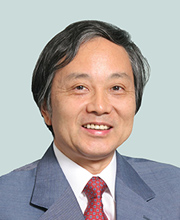
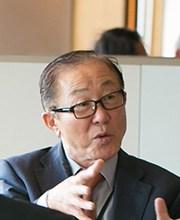
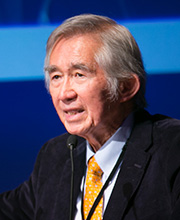

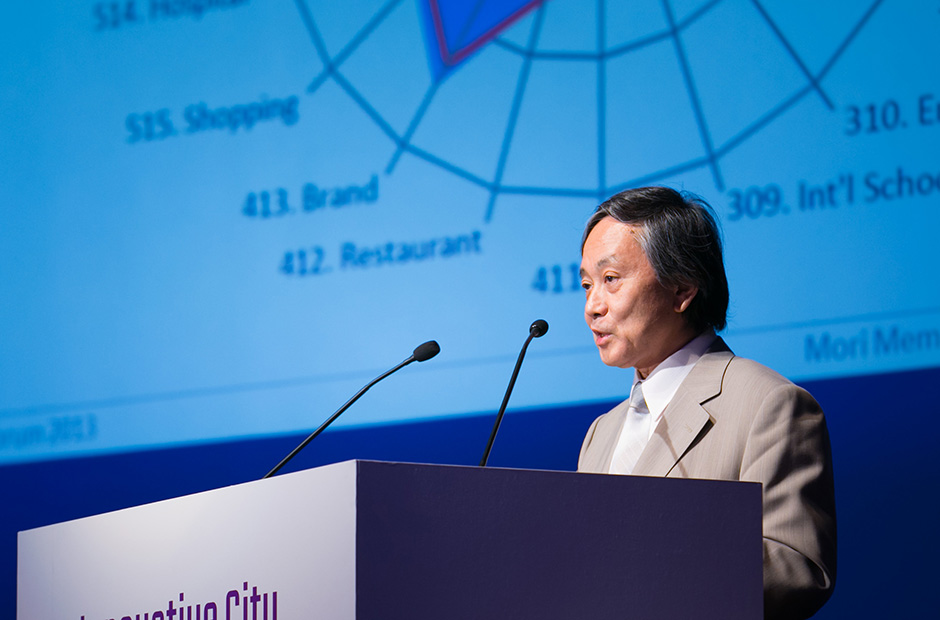
Looking at comprehensive ranking in the Global Power City Index (GPCI), Tokyo, Singapore and Seoul have placed at No. 4, No. 5 and No. 6 respectively for the last two years. The GPCI examines the strengths and weaknesses of municipal areas of cities, but instead of focusing on entire cities, today’s session will look at each city’s inner city strategies.
Accordingly, let us take a look at the current state of the urban center of each city using the Global Power Inner City Index (GPICI) compiled by the Mori Memorial Foundation in 2010. The GPICI evaluates the strength of inner city areas based on central 5km and 10km zones.
In the GPCI, London ranks No. 1, followed by New York at No. 2, but in the GPICI, Paris comes out on top for the 5km zone with Tokyo at No. 2. Singapore is ranked slightly higher than Seoul. In terms of the 10km zone, Paris and Tokyo are once again at the top of the list with high scores, but in contrast with the 5km zone, Seoul has a higher score than Singapore. In other words, Singapore’s accumulation of urban functions is concentrated within the 5km zone, but Seoul has a higher rate of accumulation than Singapore in the 10km zone.
In the GPICI, a city’s score decreases if it has a poor accumulation of functions in its inner city area, but conversely if the city is quite compact, its strength is assessed in a different light. Singapore is a very compact city and most of its urban functions are located within the 5km zone. In particular, there is a strong accumulation in the central Marina Bay area and around City Hall, meaning most of Singapore’s urban activities are carried out in the 5km zone. A notable difference with Tokyo and Seoul is the fact that Singapore’s international airport is also close to the city center. At the same time, Singapore is a relatively well-balanced city despite its small size.
Like Singapore, Seoul too is a balanced city. Looking at the inner city area of Seoul, its city functions are mostly accumulated around Cheonggyecheon and in the old precinct near City Hall on the northern side of the Han River. Meanwhile, city functions have continued to accumulate in the Gangnam area south of the Han River as a result of urban development in recent years. In addition, Gimpo Airport has been expanded and the Yeouido area is also beginning to see an increase in activity. In this way, urban development continues to progress in each of these major city centers.
Even outside of the 5km inner city zone, Tokyo has an accumulation of city functions in sub-centers such as Ikebukuro, Shinjuku and Shibuya and a certain degree of concentration even up to 20km from the city center. In other words, Tokyo’s urban functionality is not only extremely large, but it has a wide reach. Together with these several sub-centers, the accumulation of city functions in each of Tokyo’s centers is strong but also compact. On the other hand, Tokyo’s weakness clearly lies in its lack of hotels and considerable distance to airports.
Today, in the early part of the 21st century, we continue to enter into an era in which inner city areas determine the strength of global cities. In the same way as the three cities already discussed, this phenomenon is even occurring in Hong Kong, Shanghai and Beijing.
Today, as Tokyo, Seoul and Singapore are the three cities leading the way in Asia, we would like to invite noted experts on their urban policy and development to discuss the direction of each city’s inner-city development strategies and urban policies. This will provide us with knowledge of the future course of inner-city strategies.
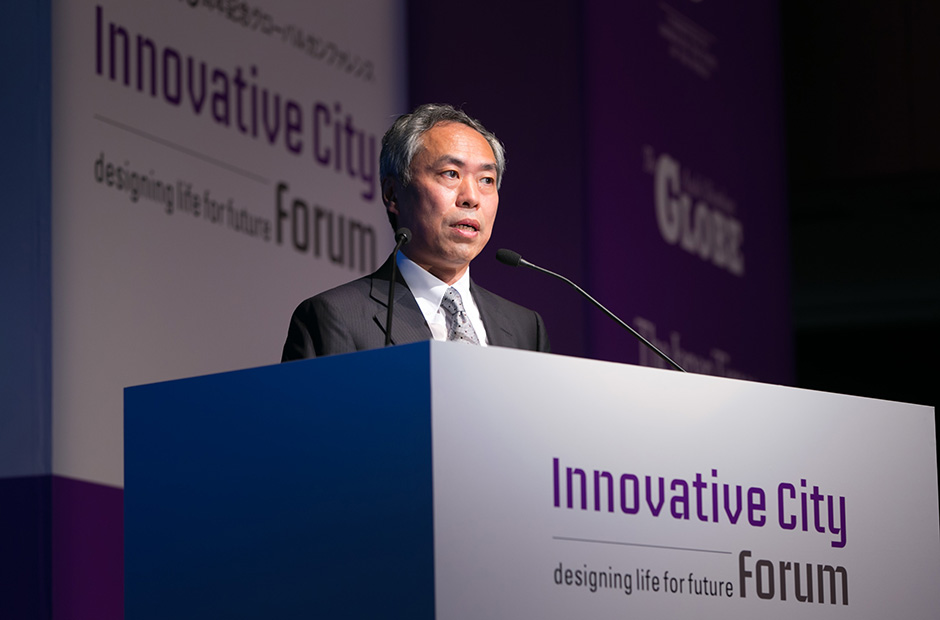
With Roppongi Hills now 10 years old, a variety of commemorative events are taking place. We considered a number of themes for the key message of the anniversary, but in the end we decided to host these various events based on the theme of LOVE TOKYO, with the consideration that Mori Building is now an established part of the city of Tokyo, and will continue to be so in the future.
In spring, we hosted a French event, as well as an art exhibition at the Mori Art Museum on the theme of love, entitled “All You Need is LOVE”. Mori Building also created ‘Tokyo City Symphony’, an interactive 3D projection mapping on the city of Tokyo. These works represent Mori Building’s earnest attitude toward dealing with the city of Tokyo and also express the idea that the city must be a fun place that attracts people from all walks of life. We refer to these kinds of cities as possessing ‘magnetic power’.
Mori Building Company, a private sector firm, placed an advertisement in newspapers on New Year’s Day with the message of “making Tokyo the best city in the world”. This advertisement was created with the belief that it is important for the public and private sectors to continue to come together and work together with people from the various fields that are related to urban development.
This desire has come about as a result of our acute awareness of the very serious issue of how Tokyo can survive amid competition from other global cities. The late Minoru Mori, our former president, spent the last twenty years stating that the future would not be about competition between countries, but between cities around the world, which is why it is vital for cities to be endowed with various attributes that comprise overall strength. In order to cast light on where Tokyo stands among the cities of the world and what kind of city Tokyo should be from an urban development standpoint, our think tank, the Mori Memorial Foundation, has compiled a comprehensive ranking on global cities since 2008. This ranking reveals the strengths and weaknesses of Tokyo and Mori Building believes that such characteristics must first be properly ascertained before it undertakes urban development projects.
One of our slogans is “Creating and developing cities”, but we would like to communicate our perspectives on the concept of “a city with magnetic power” with Roppongi Hills as a case example.
It is vital that a vision, design and concept for urban development are properly established first. These elements are then accurately incorporated into development and town management, or hardware and software, so to speak. Our urban development ideology is about creating a “Vertical Garden City” in which we aim to achieve a “vision in the sky”, “gardens on the ground” and “joy underground” environment by building high-rise buildings and enriching the area below. The surrounding areas should then combine various city functions in a compact manner, including living and cultural facilities, which we think are essential for cities of the future.
Roppongi Hills was built with the collaboration of many overseas designers. It also daringly places the Mori Arts Center Gallery, a cultural facility, on the top floor of the building, space of the highest value and makes it a symbol of the city. We also believe that the communication of diverse information from Roppongi Hills is extremely important for the city of Tokyo.
We also stress the importance of ensuring safety and security with the installation of in-house power generation equipment. Roppongi Hills is environmentally friendly with an extensive rooftop garden and even a rice paddy for producing green in the city.
As for the software aspect of Roppongi Hills, a wide variety of events are organized in order to enliven the community. This includes big events like the Tokyo International Film Festival, events that keep alive Japan’s traditional customs like the Ise Grand Shrine’s okihiki festival and rice planting, and events that can be enjoyed all night long, such as Roppongi Art Night. These activities invigorate the community and encourage development from both hardware and software perspectives.
Urban rejuvenation is key to the revitalization of the Japanese economy. For this to happen, we need to enhance city’s magnetic power and attract people, resources, capital and information from around the world. It is vital that we tackle the development of the city with a solid concept and vision. The Abe administration is attempting to realize the implementation of National Strategic Economic Growth Areas. As part of this initiative, the Tokyo Metropolitan Government has proposed that Tokyo should aim to become the most business-friendly metropolis in the world. Developers too, Mori Building included, have made project proposals.
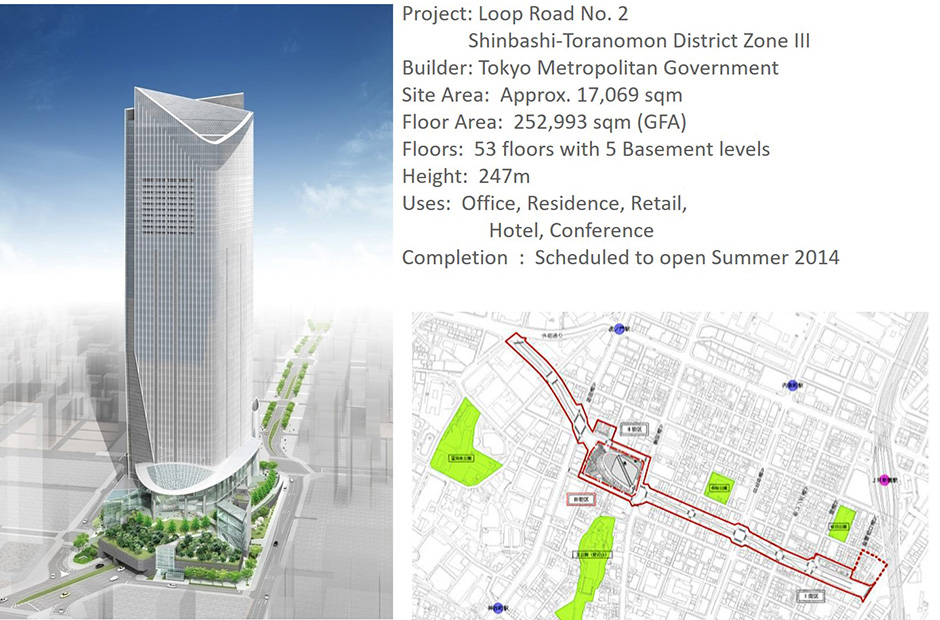
Mori Building is engaged in a number of projects mainly in Minato City and we have proposed projects for a National Strategic Economic Growth Area in this city. Our intention is to promote urban development in order to overcome competition from global cities by implementing the project in the four fields of business, lifestyle, culture and transport infrastructure. The main focus of the National Strategic Economic Growth Areas is to ease existing restrictions in limited areas such as healthcare, education and urban planning, which had strict restrictions up until now, in order to encourage urban development and the attraction of business.
Toranomon Hills is the core project in this area and integrates the development of buildings with Tokyo’s arterial Loop Road No. 2, which was planned for construction immediately after the end of World War II. The buildings are being constructed through redevelopment projects above the road, rather than building the road on land acquired to date. This initiative is the first of its kind in Japan and we feel it is an excellent example of upcoming urban development in Tokyo. With Tokyo officially declared as host of the 2020 Summer Olympics, the Loop Road No. 2 will be a major road connecting the National Olympic Stadium with other Olympic venues and by coordinating with various other modes of transport, it should become a vital component of the city’s transport infrastructure and change the way people move about the inner-city area.
A framework is being put in place with the National Strategic Economic Growth Areas to enable the government, local municipalities and private sector firms to work together on urban development. In the midst of all this, a significant goal has emerged for Tokyo’s urban development with the decision that the city will host the Olympic Games in 2020. This is a tremendous opportunity for Tokyo. Instead of enjoying the spillover effects only during the course of the Olympic Games, Tokyo should formulate a pathway for gaining a competitive advantage over other global cities by executing well-organized urban planning and development based on the aforementioned National Strategic Economic Growth Areas. We think the Olympic Games are Tokyo’s biggest and last chance to achieve this goal.
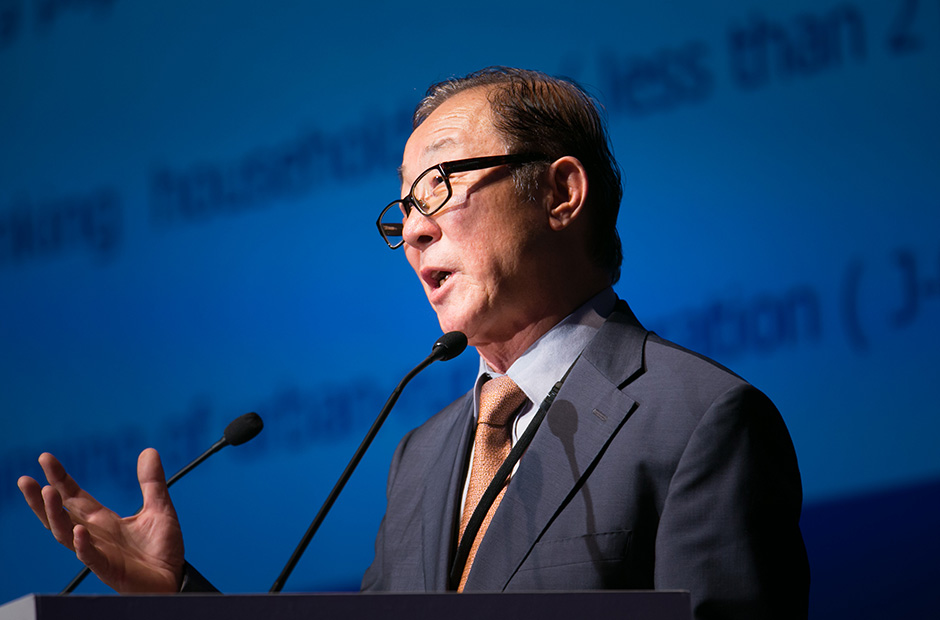
With the new urbanism movement of the 21st century, a global paradigm shift is taking place in urban development. In short, metropolitan areas continued to expand as an urban sprawl phenomenon occurred in the 20th century. But today this urban sprawl is transforming into compact cities. In addition, the separation of land for specific purposes is transitioning to mixed land use, which is being realized at Roppongi Hills. We are also seeing a shift from car-oriented cities to those focused more on public transport and pedestrians, a revival of socializing in lost neighborhoods, and a regeneration of inner-city areas in run-down cities.
South Korea too has seen major changes in socio-economic trends. In similar fashion to Japan, South Korea’s population is predicted to start decreasing within the next 10 years. With 93% of the population already living in cities, urbanization has come to an end. The real estate bubble has burst and the country’s population will continue to age with the number of people aged 65 or older increasing to 20%. At the same time, the size of households is shrinking and single-person households and housing designed for such people are increasing. In addition, city residents are now returning to rural areas as part of the so-called J-turn and U-turn phenomena.
Urban policies in South Korea have therefore changed in response to these trends. First of all, suburban housing development driven by urban sprawl is now shifting to a regeneration of inner-city areas. Old apartment complexes and estates in the cities are being rebuilt. Furthermore, existing houses are being remodeled and renovated instead of being rebuilt. In addition, housing for low-income earners and single people is being built on under-utilized and dilapidated inner-city land, such as rail yards and old factory sites.
In this way, we can see how urban policies overall have changed in South Korea. Owing to increased mixed and vertical land use and the shift away from property ownership to rental, the Urban Regeneration Law was enacted in 2008.
Let us next take a look at some case examples of development in inner-city areas.
The metropolitan area of Seoul has a total population of 25 million. Unlike Tokyo, Seoul is surrounded by mountains and its inner-city area is geographically quite confined, being roughly the same size as Chiyoda City or Chuo City in Tokyo. The old part of Seoul is situated in a 3 to 4 kilometer-wide region between Mt. Namsan and Mt. Bukhan. Over the last 10 years, eight urban development projects have been undertaken in this central area.
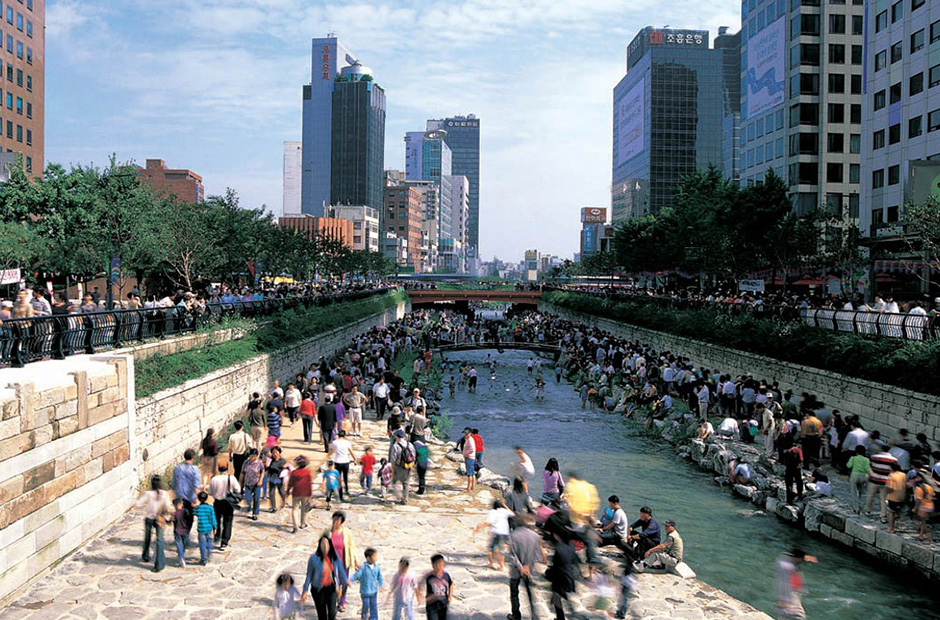
Up until 10 years ago, the site of a stream that once flowed had an elevated expressway running above it, while the stream itself was covered with a culvert. The elevated road was dismantled and the waterway, known as Chunggyechon, was restored to its former state. The project attracted much debate initially, but following its restoration, is now a much-loved place of relaxation for the citizens of Seoul.
The wall that completely surrounds the inner-city area of Seoul is being rebuilt. The wall is more than 10 kilometers in length.
Known as the Akihabara of Seoul, a building 1,800 meters long was designed and built by a distinguished Korean architect in 1965. The building was extremely innovative for its time as it vertically combines an Akihabara-like electronics shopping mall on the first and second floors and residential apartments in the floors above. The building also makes use of green tracts of land on both sides. However, 50 years have passed since its construction, and the areas surrounding the building have fallen into ruin. Seoul is now implementing a renovation project to refurbish this building and the area around it. It is like a project to renovate Akihabara.
The wide road leading up to the main Gwanghwamun gate of Seoul’s Yi dynasty Gyeongbok Palace has been renovated pedestrian-friendly. With Mt. Bhukan situated in the background, it has now become a spectacular symbolic boulevard and is often referred to as the miniature Forbidden City, due to its resemblance to Beijing’s palace.
Seoul’s Ginza-like former entertainment district with its many restaurants and various establishments has been redeveloped as a must-visit area for tourists.
The Namdaemun Market is Seoul’s largest historic market place. Problems such as deteriorating buildings, narrow roads and a lack of parking spaces are now being improved.
On Euljiro Avenue in the heart of the city, a digital downtown project is underway, in the form of turning it into an art area, complete with digital art. The project aims to transcend information technology and combine both art and culture, as well as host various cultural events.
The stadium near the many textile merchants and clothing stores has been closed and a soon-to-be-opened World Design Park is being constructed. The park will be the center of cutting-edge fashion design and clothing. Many people from the developing countries of Asia who visit Seoul buy stylish clothing and Seoul sees itself as the Milan or Florence of Asia, so to speak.
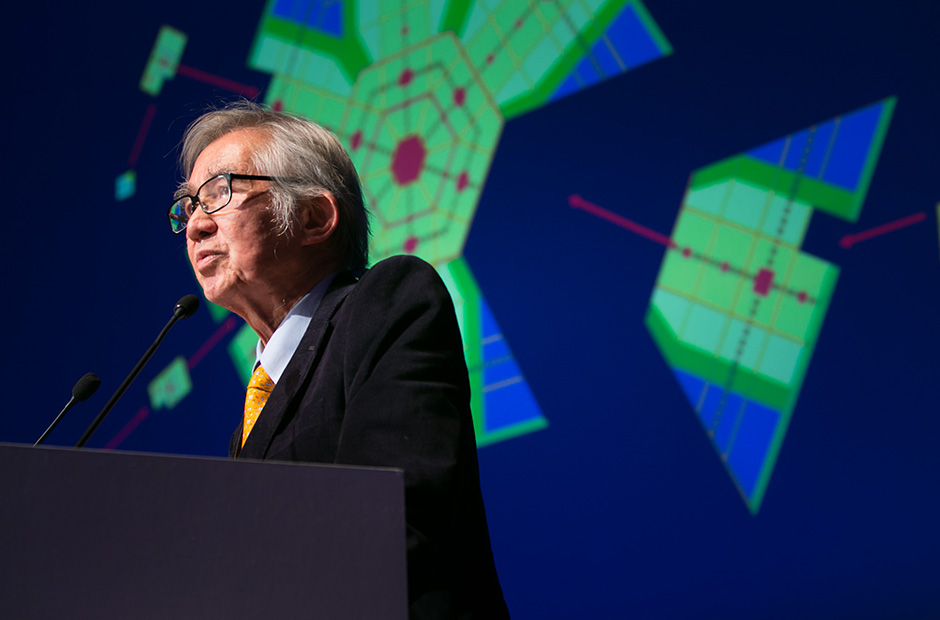
In contrast with Singapore’s population of 5.3 million, the population of the metropolitan area of Tokyo is far bigger at 36.7 million. However, Singapore’s population density is higher and the city is faced with the challenge of creating a conducive urban environment at such a high density of people.
Modern cities are large-scale, high-density, high-rise and changing rapidly. City living is also becoming more complicated and with the increased pressure in consumerism, where cities must offer something exciting to consumers. This is something city planners need to find new ways to address. How does Singapore address such a problem? Let us focus on this issue from the angle of the family of a city, which is comprised of four perspectives, namely, family of cities, city prototype, urban-rural cluster and commercial centers.
At the beginning of urban planning, we must first consider the population size of the land we plan for. If we think of a city as a family with different young and old members, bigger urban family members can support more urban facilities than smaller ones. The plan should take note of this factor. A population of between two and three million people is an autonomous and independent city. But urban centers with population sizes below that is considered a region or new town. In other words, a city is an adult who is married, has a job, supports themselves and their family and receives no pocket money from their parents. A precinct or neighborhood not big enough to be a city, can only supply part of the facilities normally available in a city, and therefore they have to rely on the various facilities available only in a city.
A city with a population of between two and four million people can be divided into a number of regions. It is important to create green belts that surround those regions to ensure an environment in close proximity to nature. Singapore is often referred to as the Garden City due to the fact that green belts encompass the peripheries of various regions of the city as well as those of the new towns. Although Singapore is a small citystate, it is still subdivided into regions and new towns each provided with the appropriate amount of facilities and transportation system. Traffic jams can be substantially reduced, as many residents do not have to travel longer distances to work or satisfy the daily needs in their lives.
Commercial centers are also integrated into cities in various tiers. We have the central business district (CBD), which is vital to a city’s functionality, as well as regional centers, town centers and neighborhood centers. In addition, a regional center contains also the functions of a town center and a neighborhood center. Similarly, a CBD contains the functions of regional, town and neighborhood centers.
In the same way that human organs play vital roles in the body, cities too have vital organs. Harbors, airports, railways and heavy industries are just some of these organs that play key roles. It is therefore crucial that they are located in the right place so they function optimally and do not adversely impact people’s lives.
Singapore is very much a public transport-oriented city and there are central business districts where several metro lines meet. This arrangement enables people from many parts of the city to access the city center, without the need for a car.
The current urban development blueprint in Singapore is based on a 1991 concept plan and its basic ideas and principles. The city is divided into five regions of around one million people each and they are connected with the center by expressways and subway lines. At the same time it preserves a large part of its historical legacy.
Singapore’s CBD did not develop overnight but was evolved over a few decades between 1974 and 2007 and still have some more space to build. This does not mean that commercial development for the whole city was slow. While CBD was being developed, there were commercial developments taking place simultaneously in regional, town and neighborhood centers. Overall commercial development progressed quickly but it was not necessary to prematurely rush the development of individual centers. In this way, these centers enjoy a variety of architectural styles over the decades and grow in a more organic, as distinct from mechanical way.
Asia is home to many megacities. Shanghai may be considered to be a cluster of five or six cities with populations between three and four million people. The people in each of those cities can independently subsist without having to go in to Shanghai’s city center. China’s Pearl River Delta is even bigger, with a population projected to be well in excess of 30 or 40 million. In organizing this area into cities, we need to consider the region as an extended family of cities. As megacities can be subdivided into several cities of 3 to 4 million people, these cities clusters together begin to assume the look of a constellation. While all those constellation cities plus cities combined make up a gigantic urban belt as in the case of the Pearl River Delta, it begins to assume the look of an urban Milky Way. Therefore, I propose to name a well structured mega city, The Constellation City, and a gigantic urban belt the Urban Milky Way.
As a strategy for an innovative urban core, we must first consider the city’s overall structure rather than a single urban core and prevent one city from swelling to an enormous size. This is why we should view the cities as constellations and a Milky Way, ensuring that no one particular city center grows unduly large.
Subdividing each city and organizing them into regions so that they have their own respective functions like cells and organs, as well as their respective commercial centers within them. In this way residents have no trouble with satisfying themselves with the needs of their daily life even if they don’t travel long distances, and therefore saving time and energy, and at the same time allow them more private time with their families and friends.
Particularly in Asia, how to control burgeoning urban growth is a serious issue. Therefore the problems of megacities can probably be ameliorated if they are perceived as constellations and Urban Milky Ways.
Japan’s population started to decline in 2005, but the population of the greater Tokyo area, which encompasses one metropolis and three prefectures, is actually rising. The return of residents to Tokyo’s innercity area is particularly striking. In addition, land prices have fallen since the bursting of Japan’s bubble economy and the home ownership rate has increased. Tokyo’s population is growing in reaction to the hollowing out of the city center, which has sparked a rejuvenation of city center functions.
City center regeneration has also begun in Seoul and legislation has been enacted to support this. Singapore’s current prosperity is surely the result of planned development of its inner-city area. Hopefully we can further our discussions from the perspective of development strategies for inner-city areas.
In Seoul, a phenomenon where people are moving back to inner-city areas is also occurring as, in addition to the enactment of the Urban Regeneration Law, it becomes a more convenient place for elderly citizens to live due to the many medical institutions. At the same time, due to a decrease in the size of families, large four bedroom apartments have recently become cheaper than small two bedroom apartments.Empty houses are being refurbished and converted into commercial facilities. Seoul’s air pollution is getting worse and the government is trying to limit the use of automobiles in the city as much as possible by promoting the utilization of public transport.
In 2011, so-called International Strategic Comprehensive Special Zones were established under a comprehensive special zone law, but with the recent change in administration, a system for creating National Strategic Economic Growth Areas has been added to the comprehensive special zone. Under the leadership of the prime minister and the minister in charge, a framework is being put in place to encourage development through partnerships between the Tokyo Metropolitan Government and private sector firms. Under the system employed thus far, no progress was made with a bottom-up approach, therefore it is hoped that with the new National Strategic Economic Growth Areas, projects can be decided upon and executed in quick fashion with a new top-down approach.
Politics in Singapore is driven by a clean and development-oriented, single political party; policy and administration have historically been much easier to implement than in other countries. Looking back, companies that created air pollution were prohibited from entering the market as far back as the 1960s, while a standard was introduced in the 1970s to reduce the heat transmission from outdoor to indoor via glass walls. Of particular note is the fact that Singapore’s water supply rely mainly on Malaysia for its raw water supply, but today our seawater desalination and waste water treatment technology have advanced to the stage where we can now theoretically supply our own water needs in the event that Malaysian water source is no longer available to us.
Tokyo ranks No. 4 comprehensively among the cities of the world, but Singapore and Seoul are catching up at a blistering pace. In particular, Singapore’s urban development activities are implemented swiftly and we have high regard for the speed at which the government communicates information to the private sector, which is something Tokyo must also emulate.